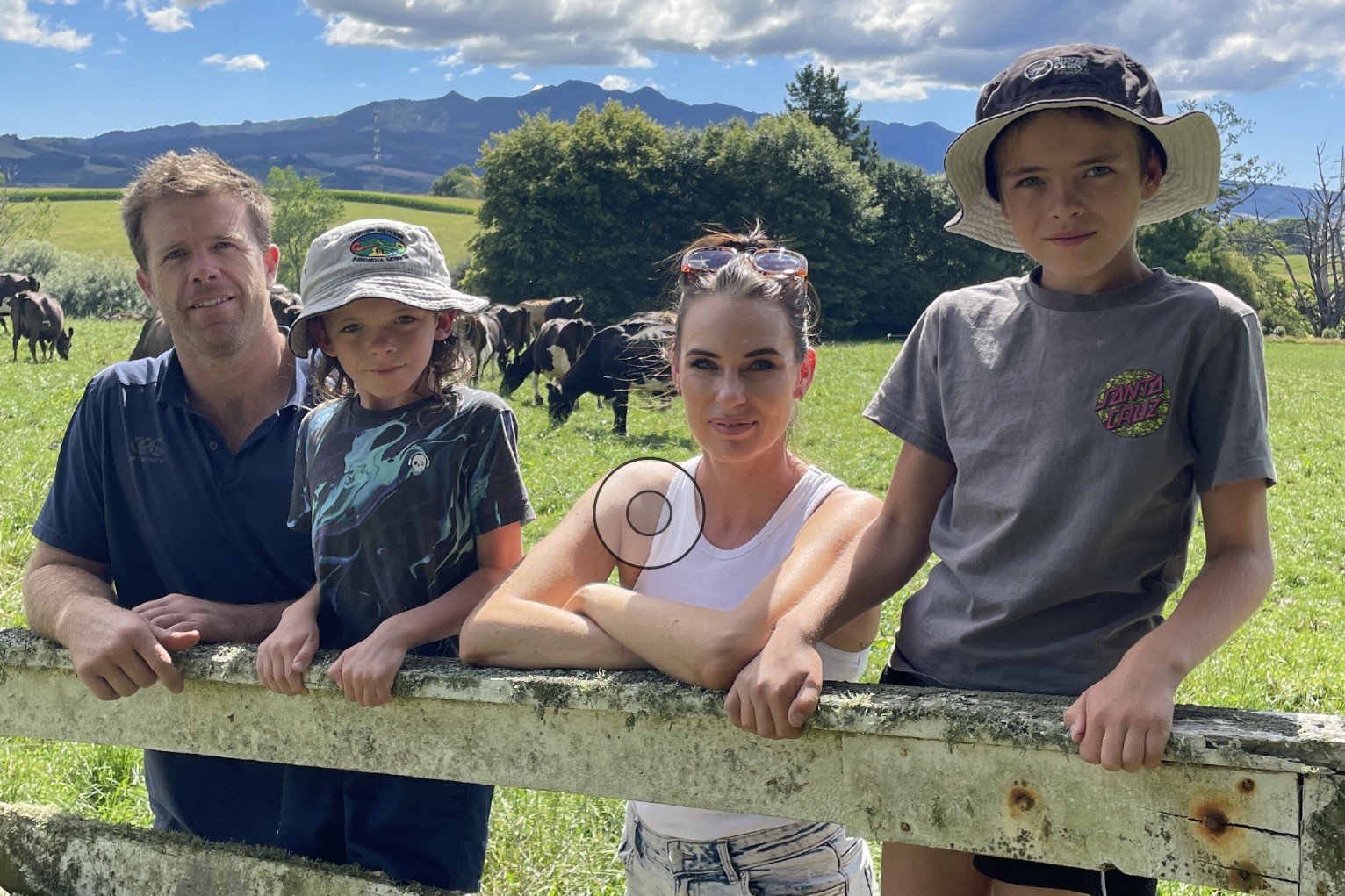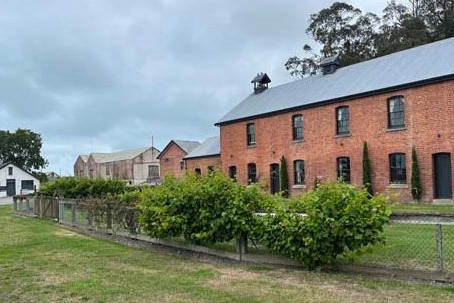An Okaramio farmer wanted to extend his dry matter production through winter into spring and approached Bruce Clarke, Kiwi Seed, for help.
“An idea came to me, about sowing late-winter active legumes in with winter brassicas,” Clarke said.
Clarke suggested that, at the same time as broadcasting swedes, turnips and rape, to put on Lusa Persian clover and Arrotas Arrowleaf annual clover. The brassicas were sown at half a kilogram/ha and the clovers at one kg/ha. At $12.50/kg for clovers it was an affordable addition.
The brassicas grew to maturity and were strip-grazed by beef cattle over July and August. At this point the legumes were only 5% of the sward, due to shading by the brassicas.
“They were trampled at the base but stayed alive.”
Cattle were removed late August, the paddock was shut up and the clover growth kicked in with improved light exposure and warming soil temperatures.
“A wonderful stand of legume grew, using nutrients from the cattle and it was grazed October to December.”
The farmer has repeated the mix for a second year.
“Fat cattle and he was happy.”
“I haven’t seen this done elsewhere,” Clarke said.
Another client broadcast annual clovers over his Omaka forage barley in the autumn and this provided high protein fodder for lambs October to December. Clarke describes the application as simple and economic. Don`t drill seed in as, in nature, top-flowering annuals drop seed on the surface, not buried in the ground, so we need to replicate this in the field, he said.
Advantages are fixation of nitrogen and reducing the need for a separate spring brassica crop.
“The feed will take you way past Christmas and can be direct grazed or made into silage.”
Trial plots in Clarence (Kiwi Seed, 2014) showed Lusa Persian clover was a good selection for wetter environments as it’s late flowering and has maximum biomass produced mid-December. Late-to-flower material like Arrotas or Persian offers more flexibility and even spring sowing is an option.
“Robert Dent in Tasmania has sown annuals in November, tricking the plant into a bi-annual result.”
Arrowleaf, Persian and Crimson clover can be broadcast on to grazed-off Omaka Barley in spring, at five kg/ha, Clarke said.





